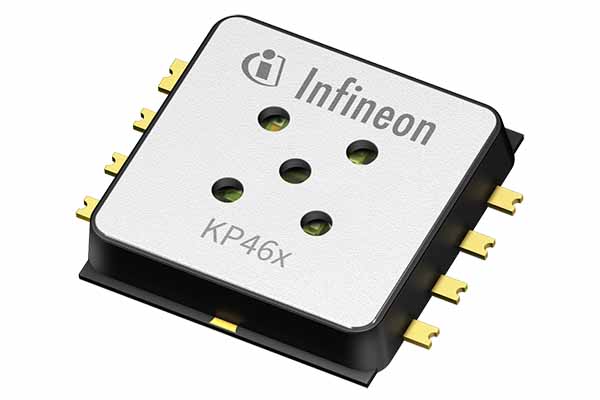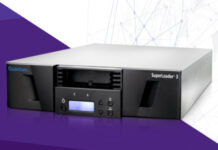Infineon Technologies AG introduces two new XENSIV BAP (barometric air pressure) sensors the KP464 and KP466, both targeted at automotive applications. While the KP464 is primarily designed for engine control management, the KP466 BAP sensor is intended for seat comfort functions.
KP464 enables fuel efficiency and reduces power consumption
The KP464 BAP sensor measures atmospheric pressure, which depends on altitude and weather conditions. The engine management system uses the sensor’s measurement data to calculate the air density and ensures the optimum air-fuel mixture. This is the key function for improving fuel efficiency and reducing power consumption. With the reduced energy losses emissions of CO2 and other pollutants can be minimized. The KP464 BAP sensor from Infineon combines density measurement with additional diagnostics, such as manifold air pressure monitoring. Lower power consumption and additional package miniaturization increase device productivity.
KP466 allows for more comfort and technical advantages
With the next generation of the KP466 BAP sensor, Infineon enables seat manufacturers to realize innovative pneumatic seat systems with many additional functions that are particularly comfortable and offer clear technical advantages. For example, the multi-contour seat function allows vehicle occupants to adapt the contour of the seat to their individual needs. Air cells integrated into the lumbar support and seat cushion allow the seat to adapt to the body. Massage functions further enhance the passenger comfort on long journeys by alternately inflating and deflating the air cells. The driving dynamics function automatically adjusts the seat’s side bolsters to the current driving situation, ensuring optimum stability for occupants, even when cornering.
The optimized solution consumes significantly less power and features a miniaturized five-hole housing. The system constantly monitors the pressure status and adjusts the pressure in the cushions according to the current requirements. It does this by using multiple absolute pressure sensors to monitor pressure throughout the system. The Infineon sensors are SPI enabled, allowing the system to communicate efficiently.
Technical features of the KP464 and KP466 sensors
Both the KP464 and KP466 sensors are high-performance, high-precision, miniaturized digital absolute pressure sensors based on the capacitive measurement principle. The sensors are qualified to the AEC-Q103-002 standard to meet automotive industry requirements. As a result, the devices reduce the effort and risk of errors during module and system qualification. They are micromachined on the surface and feature a monolithic integrated signal conditioning circuit. Both devices convert a physical pressure into a 10-, 12- or 14-bit digital value and transmit the information via the SPI interface.
In addition, both sensors can be integrated in a so-called daisy chain, which minimizes the number of connection pins of the communicating microcontroller with any number of pressure sensors used. This is also possible in combination with other Infineon system components.
Furthermore, a temperature sensor is integrated on the chips. Based on the received SPI command, the 10-, 12- or 14-bit temperature information is also transmitted via the SPI interface. Both devices have a special power-down mode that allows the user to further reduce the power consumption of the sensors. In addition, the sensors integrate a diagnostic function that can be used to test both the sensor cells and the signal path, increasing the reliability of the devices. This diagnosis can be done automatically at sensor start and sensor wake-up or triggered directly via a SPI command.















